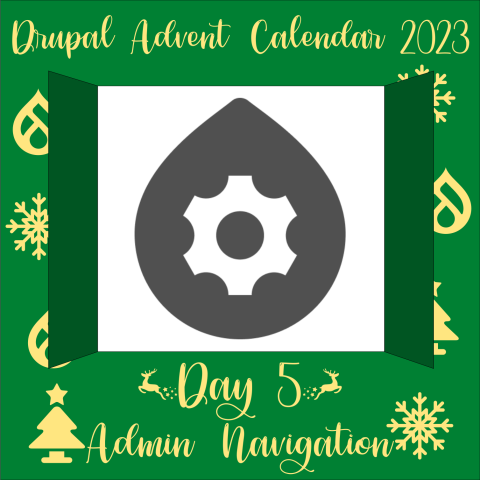by Marie Achour.
Hello Moodlers,
Welcome to this edition of ‘Showcase Shorts’. Since our last update, we have completed both our planning sprint and the first sprint of the last increment of the year… where does the time go?!
This sprint saw the team complete the release of Moodle Workplace 4.3. In case you missed the release announcement, I am relinking it here, it really is worth a read!
Our team also released the 4.3 versions of our Mobile Applications for both Moodle LMS and Moodle Workplace and upgraded our MoodleCloud plans for all new customers to the latest version of Moodle LMS.
If your organisation hasn’t recently upgraded your Moodle implementation, please consider doing so. The new functionality and improved user experience in the most recent version of our products are truly game-changing!
All our teams are now focused on the next steps of delivering our Moodle Product Vision which sees us empowering our users and delivering improvements designed to help them unlock their creativity, help facilitate collaboration and optimise their business & learning outcomes.
We are empowering course creators to unlock their creativity by improving the experience and functionality offered in:
- Assignment Management: We kicked off work that will see us enhance the experience offered via our Assignment activity. To make sure we get this right, we are spending time focused on understanding users’ current pain points, market trends and the technical modernisation opportunities.
- Course Design: We progressed with the delivery of our new course hierarchy functionality which will enhance the flexibility of course formatting.
- Activity Management: We ideated on new options to engage with our activity chooser when creating courses to enhance the functionality it offers and make it easier to use.
We are empowering better collaboration between community members and with Moodle HQ through:
- Moodle.org & our Plugin Directory Ongoing Enhancements: The home of our community improves every sprint!
- New Moodle Development Funding Options: If you are keen to contribute to the development of the Moodle ecosystem in a different way, we’ve got one coming soon with the launch of our new Community Funding Platform! Find out more by watching the video.
We are empowering administrators and developers to optimise their business outcomes by modernising our solution and simplifying platform management in:
- Themes: We have implemented some changes that will provide administrators with better visibility of theme usage on their site and a more user-friendly and efficient way to manage their site’s themes.
- Integration & Support: Our work integrating community contributions continues at pace. We are also working on evolving our support framework. If your Moodle implementation relies on Oracle, make sure to watch this video; we are proposing changes to our support for these databases that you will want to know about.
- Coding Practices: We are getting ready to upgrade to Bootstrap 5, modernising our front-end development capabilities. This is a big change and we have big plans in place to support it.
Until next sprint,
The Moodle Product Team


